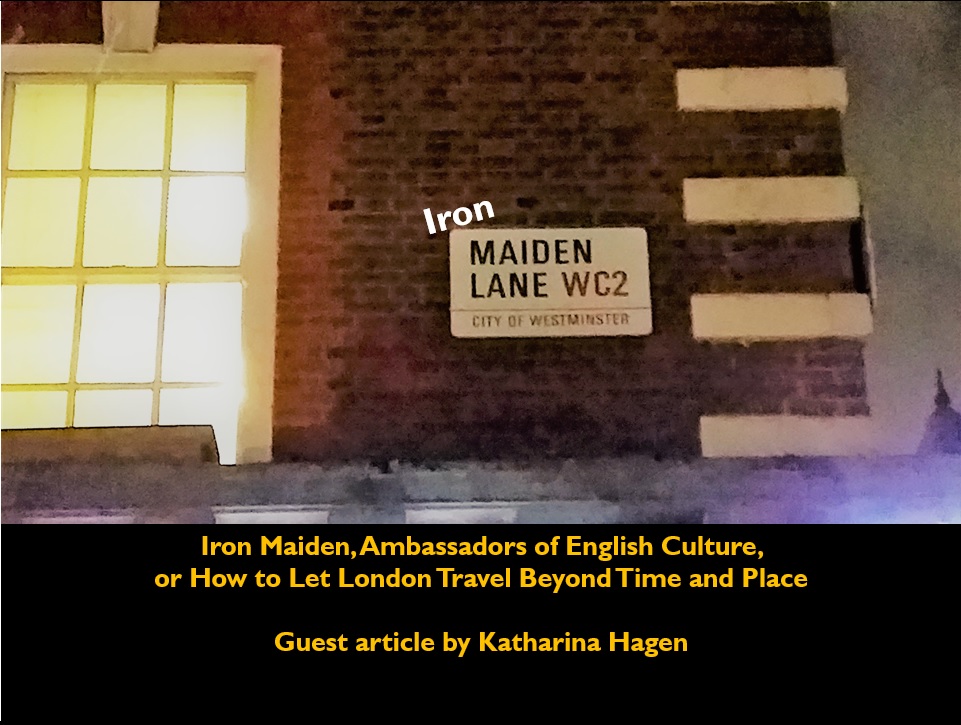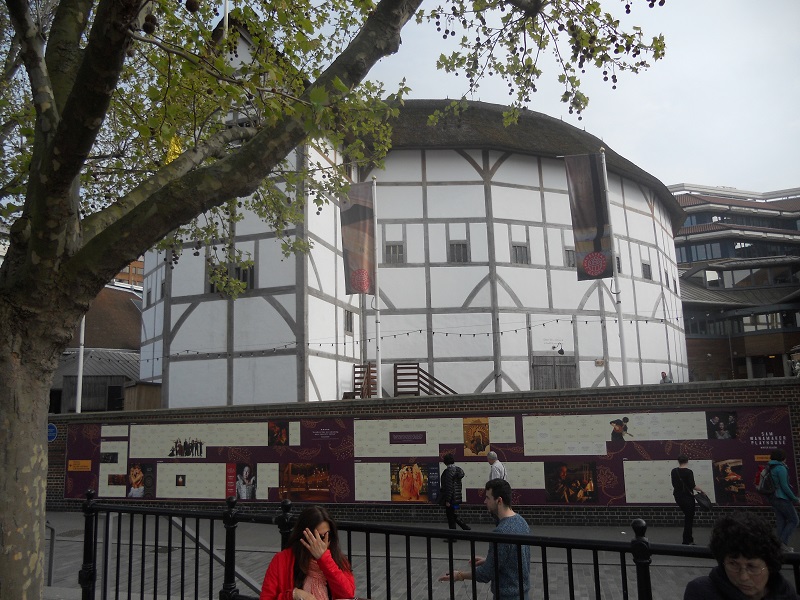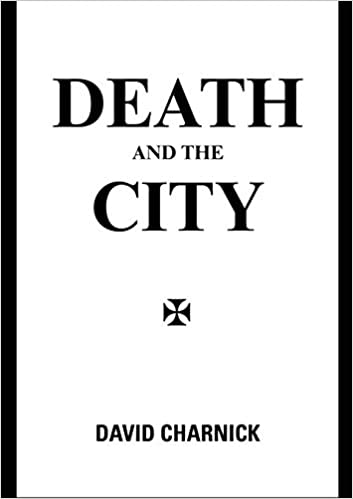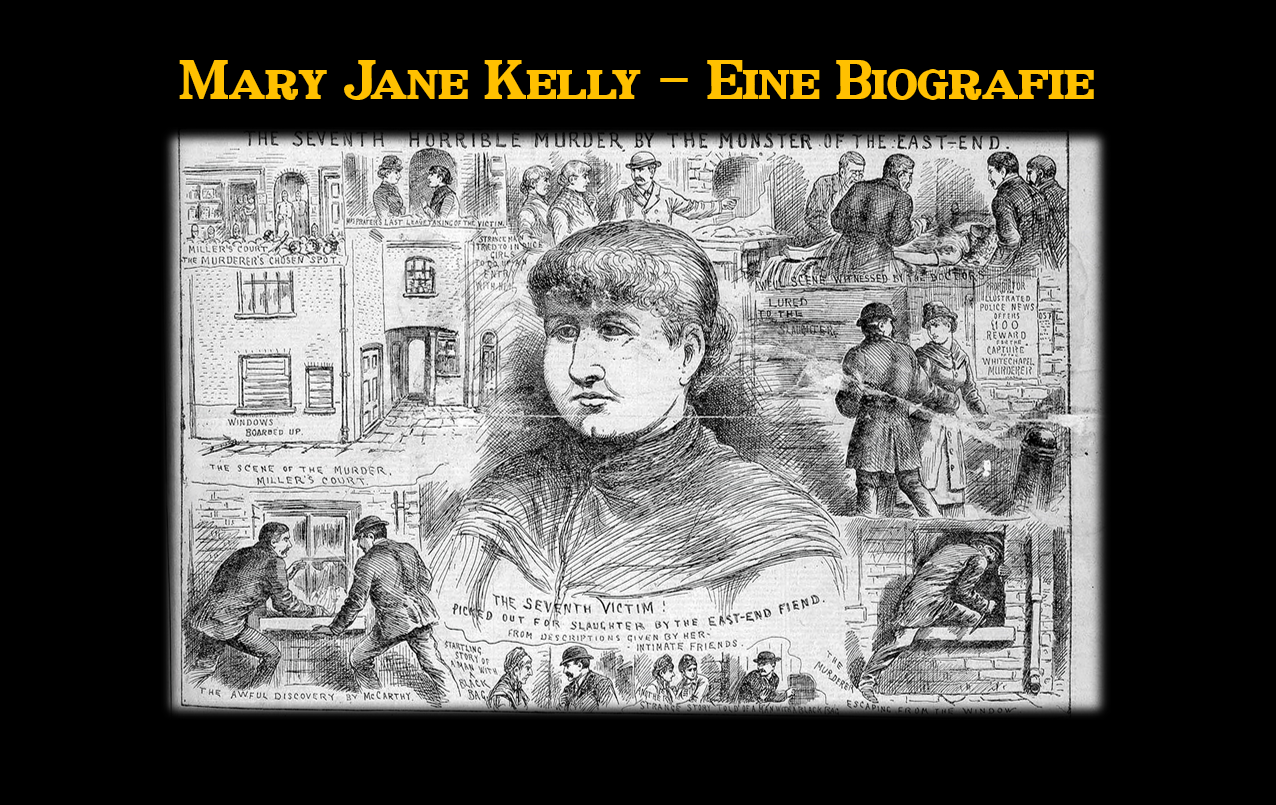Hagen, Katharina. Guest Article “London Beyond Time and Place.”
London is famous for many things: the London Eye, Big Ben, Tower Bridge, fog, rainy weather, notorious serial killer Jack the Ripper, and even the name of some of its airports, such as “Heathrow” and “Stansted”, ring a bell. But London is also the place of birth of one of the biggest phenomenons English culture has ever seen: the English heavy metal band Iron Maiden. Probably the only band worth mentioning which survived TNWOBHM (The New Wave of British Heavy Metal), Iron Maiden are not only internationally known and fill massive stadions wherever they choose to put food on this planet, their work is also so firmly rooted in (mostly) British literature and history that they have become, in their way, ambassadors who indeed let London travel beyond time and place.
Iron Maiden – “Paschendale” (2003)
“Paschendale” (Dance of Death, 2003), for example, retells the Events of the Third Battle of Ypres during WWI. Soldiers had to spend five months in trenches situated in a swampy area in Flanders, an area so swampy that some of them would drown while fast asleep. Band founder Steve Harris immortalised a key event of WWI which has travelled around the world and such attracted the interest of many attentive ears. Because there is one thing peculiar about Iron Maiden: Many of their fans will tell you that they would pick up books, or nowadays, rather their smartphones, to learn more about the things described in the songs.
Iron Maiden – “Rime of the Ancient Mariner” (1984)
There is still a meme in frequent circulation among social media channels which is a satirical version of a conspiracy theory; it claims that Iron Maiden were set up by a group of teachers to teach history and literature. Even if that seems a bit far stretched – it works! Maiden fans have a tendency to reach best grades when it comes to Samuel Taylor Coleride’s “The Rime of the Ancient Mariner” (1797-1798) (the author included), and this is simply because Harris wrote one of the best summaries of the rather opaque and confusing original: “Rime of the Ancient Mariner” (Powerslave, 1984). Harris changed the narrative, but only slightly, and chopped it down to a chain of events easy to understand, something which is not so true for the longish poem which involves a lot of spirits of nature which complicate the narrative. Maiden fans have thus learned to focus on the basics, not to mention the added interest because everything Maiden have touched becomes cool per se (similar to king Midas who turns everything to gold by touch) – et voilá. If that is not a successful journey of English literature and culture to other countries, cultures, and, most of all, schools and universities, I do not know what is.
Iron Maiden – “The Trooper” (1983)
Maiden and its band members have indeed a strong tie to the English Romantic period. Samuel Taylor Coleridge is not the only poet whose work was turned to gold, this also happened to poet Lord Alfred Tennyson and the (art)work of poet-painter William Blake. The first wrote, unknowingly of course, the basis for one of the most popular and most famous Maiden songs of all time: “The Trooper” (Piece of Mind, 1983), traditionally performed with a red coat and a Union Jack by singer Bruce Dickinson. It is also the role-model which gave its name to the very own beer Iron Maiden produce. In this case, Tennyson’s work has been turned into gold and beer, such is the transforming magic of Maiden. Needless to say that the beer, an ale, which soon got younger brothers named “lager” and “stout”, travels the world as well, sending a bit more Englishness into the world. But let us come back to the English Romantic period. Harris famously changed the perspective. Whereas Tennyson’s “Charge of the Light Brigade” (1854) takes a bird-eye view on a decisive moment in the Battle of Balaclava in 1854, a mistake in the chain of command on the side of the British with devastating consequences – a multitude of soldiers galopped right in front of Russian guns during the Crimean war, Harris takes a first person perspective. Harris does not mourn the death of six hundred men, but lets his listeners witness the death of one man. The only disturbing element is that the death of our trooper remains mainly unknown, as the music does not indicate this turn of events within the narrative. Given its enormous fame, I argue that Maiden have done a much better job at commemorating the battle in question than Tennyson, whose poem is way less internationally known.
Bruce Dickinson – “Jerusalem” (1998)
The latter is one of my personal favourites, although it is not a Maiden product. Dickinson’s fifth solo album The Chemical Wedding (1998) was inspired by and is dedicated to the (art)work of William Blake. The cover shows nothing less than what can be considered Blake’s most famous painting, “The Ghost of a Flea” (c. 1819-20). This album combines Blake’s work with the occult, something clearly reflected in the title choice which refers to the third manifesto of the Rosencrucians: Johann Valentin Andraea’s Chymische Hochzeit Christiani Rosencreutz anno 1459 (1616; The Chymical Wedding of Christian Rosenkreutz). The medieval text is heavily coined by alchemy, preserving knowledge in coded form. Dickinson’s The Chemical Wedding even features something which some will consider blasphemy – a rewriting of the stanzas known as “Jerusalem” (the preface of Milton – a Poem (1804-11)) which is nothing less but England’s second anthem, unofficially at least. Dickinson not only largely diverged from the hymn composed by Hubert Parry in 1916, he slightly changed the Blakean lines and added text. This new version, a new version of Englishness embodified, has hit shelves in record stores, was added to YouTube, and made available in download portals world-wide. Again, it is the adaptation which makes traditional items of Englishness known to foreign cultures.
Iron Maiden, Ambassadors of English Culture
In sum, it can be said that Maiden have given wings to English culture to make it travel the world – literally, as they used to tour in a hired aircraft which was nicknamed “Ed Force One,” flown by none other than Dickinson himself. But is it really so simple that fans consider everything gold which was touched by Maiden? Or is it rather that Maiden slightly change the originals and turn them into contemporary versions, something which invites their fans to look for the originals in the first place? Be that as it may, it is their versions which fascinate hundreds and thousands of fans. In this case, London travels time and place two-fold – in the shape of a band from London (who had the photos for their first album taken at Madame Tussauds) boarding their custom-made aircraft and in the form of their versions of Englishness they carry in their guitar cases and suitcases.
About Katharina Hagen
Katharina Hagen is a PhD student in English literary and cultural studies at the University of Saarland in Germany with a strong focus on present-day (popular) culture. She has published on the James Bond novels by Ian Fleming and Iron Maiden singer Bruce Dickinson’s take on the (art)work of the English poet painter William Blake. You can learn more about her here. In her freetime, she runs a blog dedicated to literary and historical references in the songs of the band Iron Maiden. You can also follow her on Twitter: @Kath08384789.





An excellent read, thank you!
Thank you, Mat!